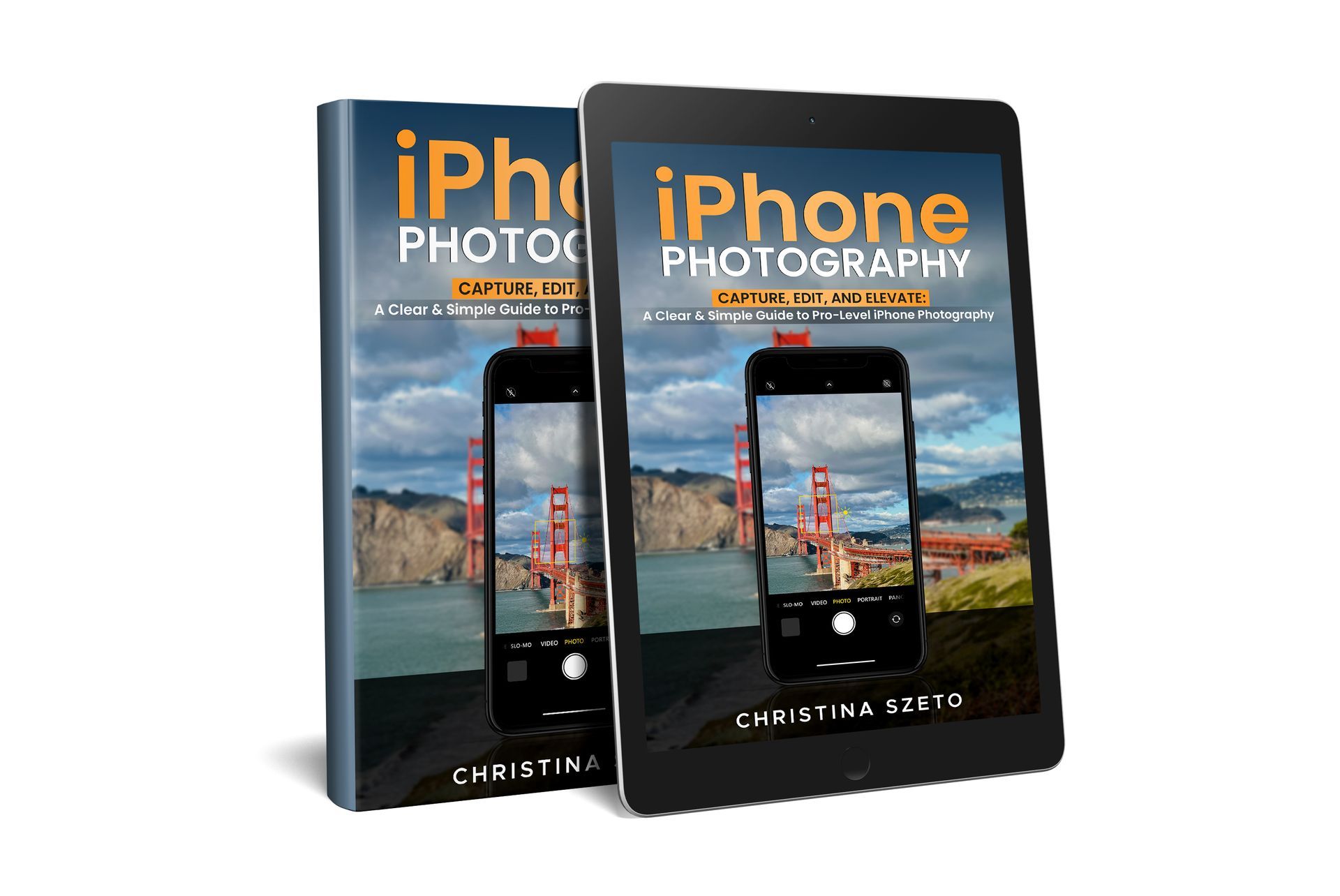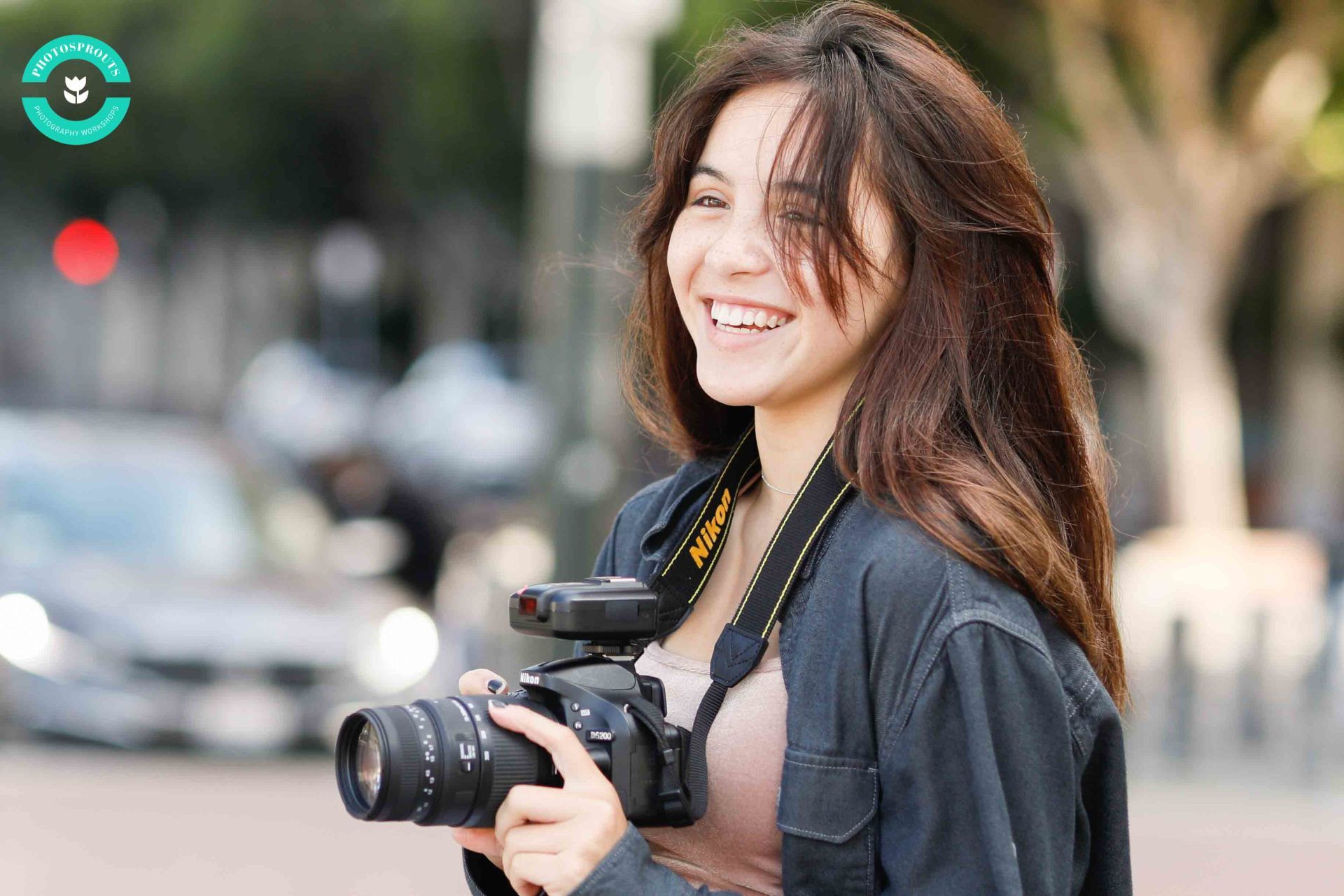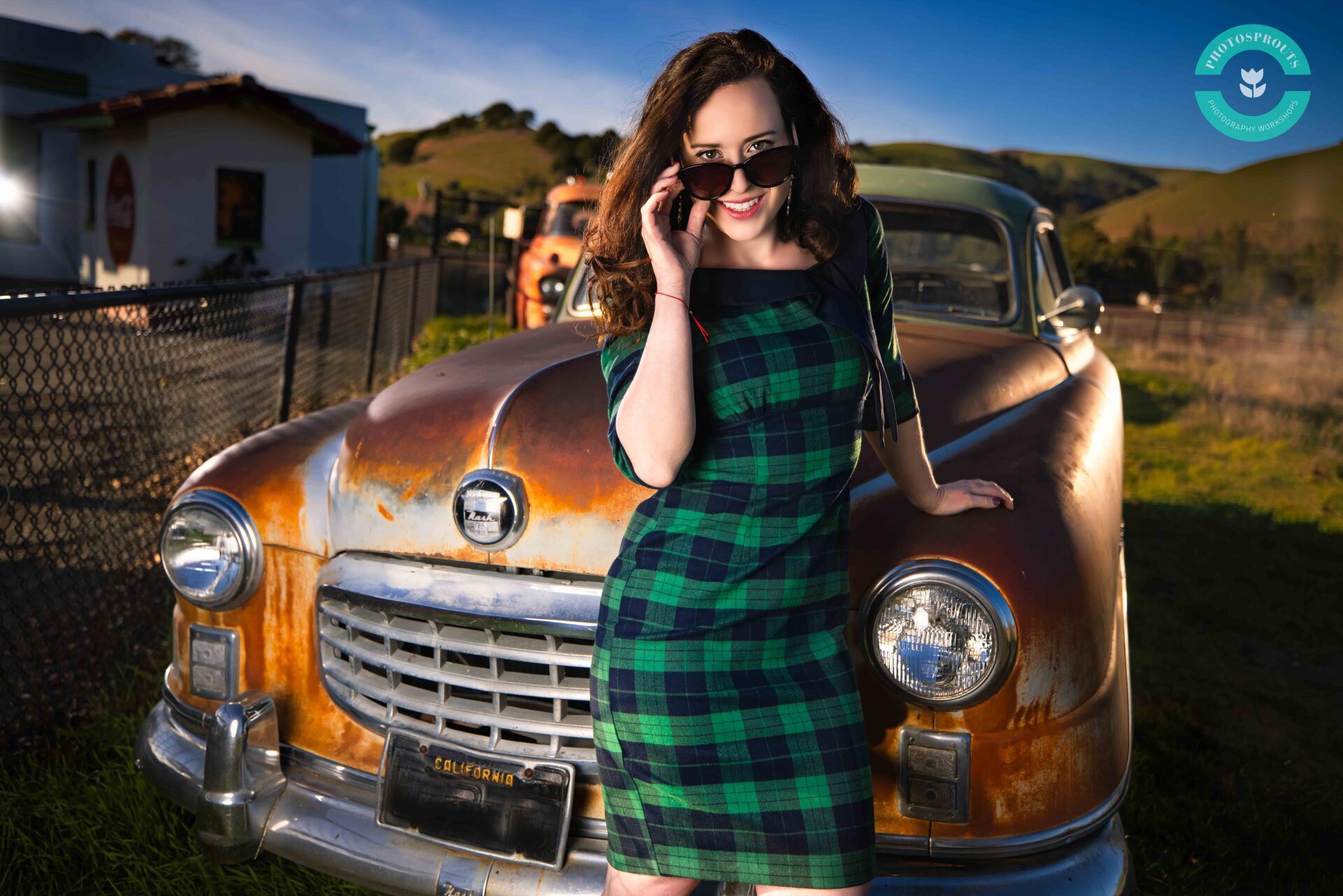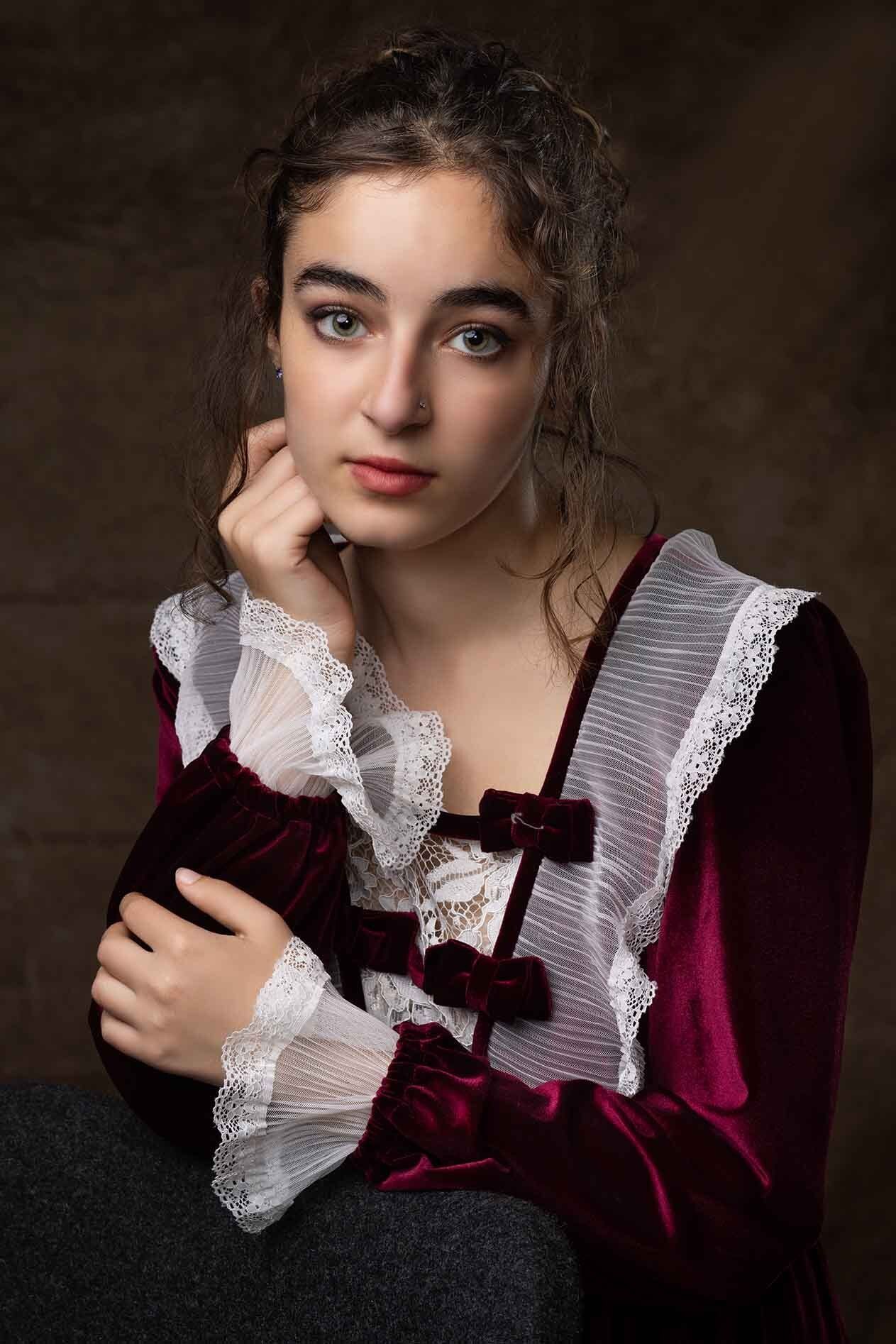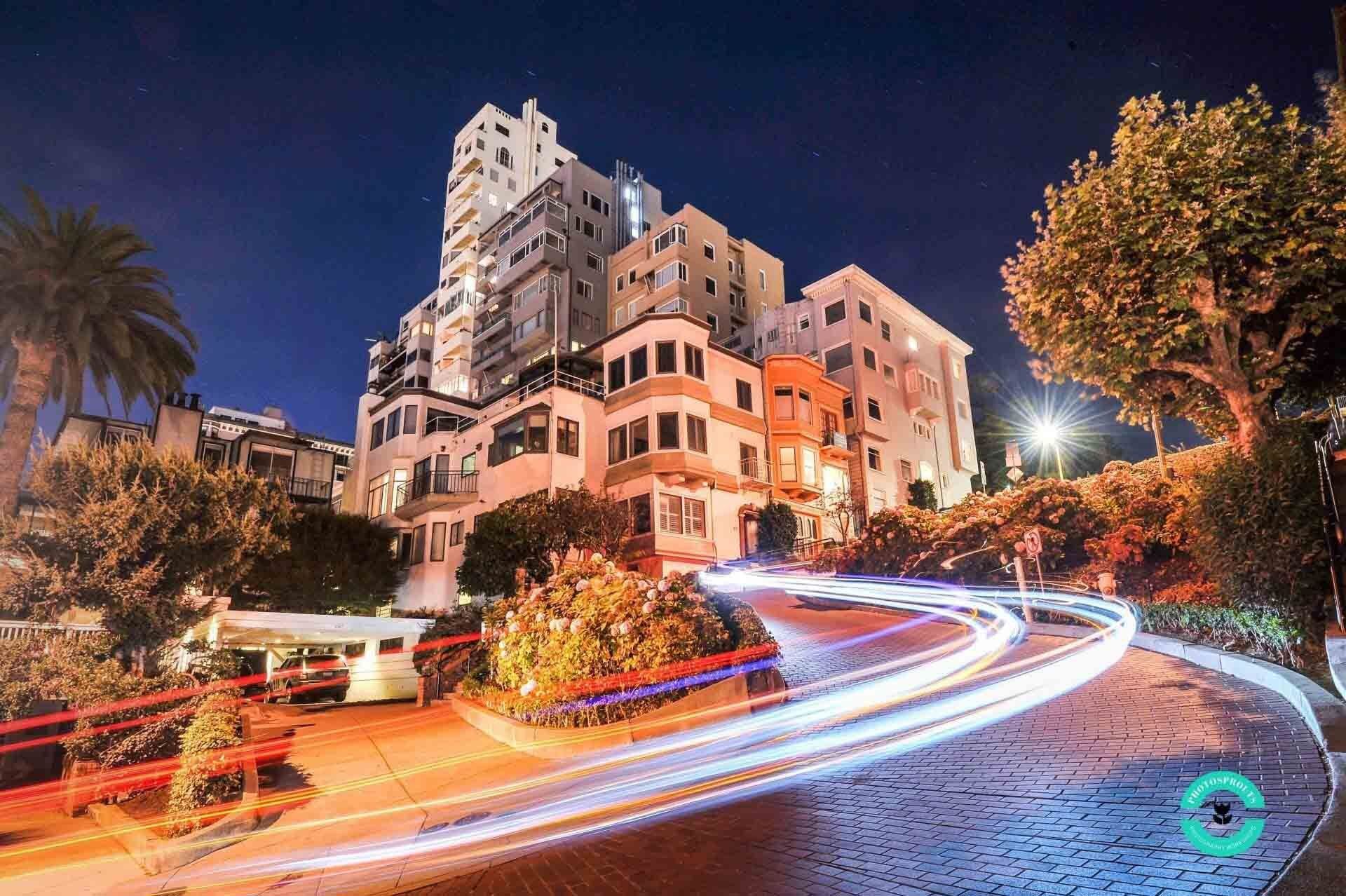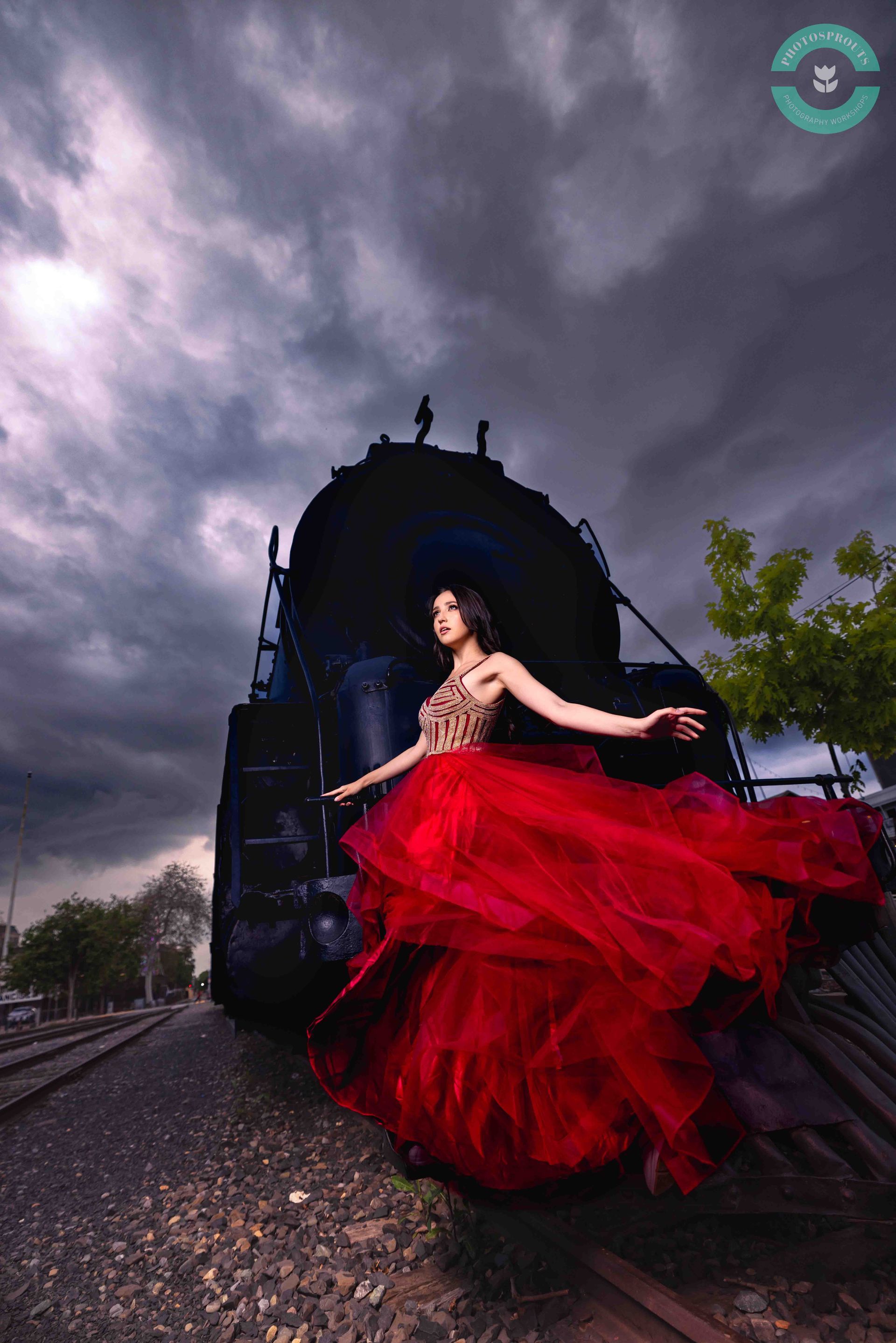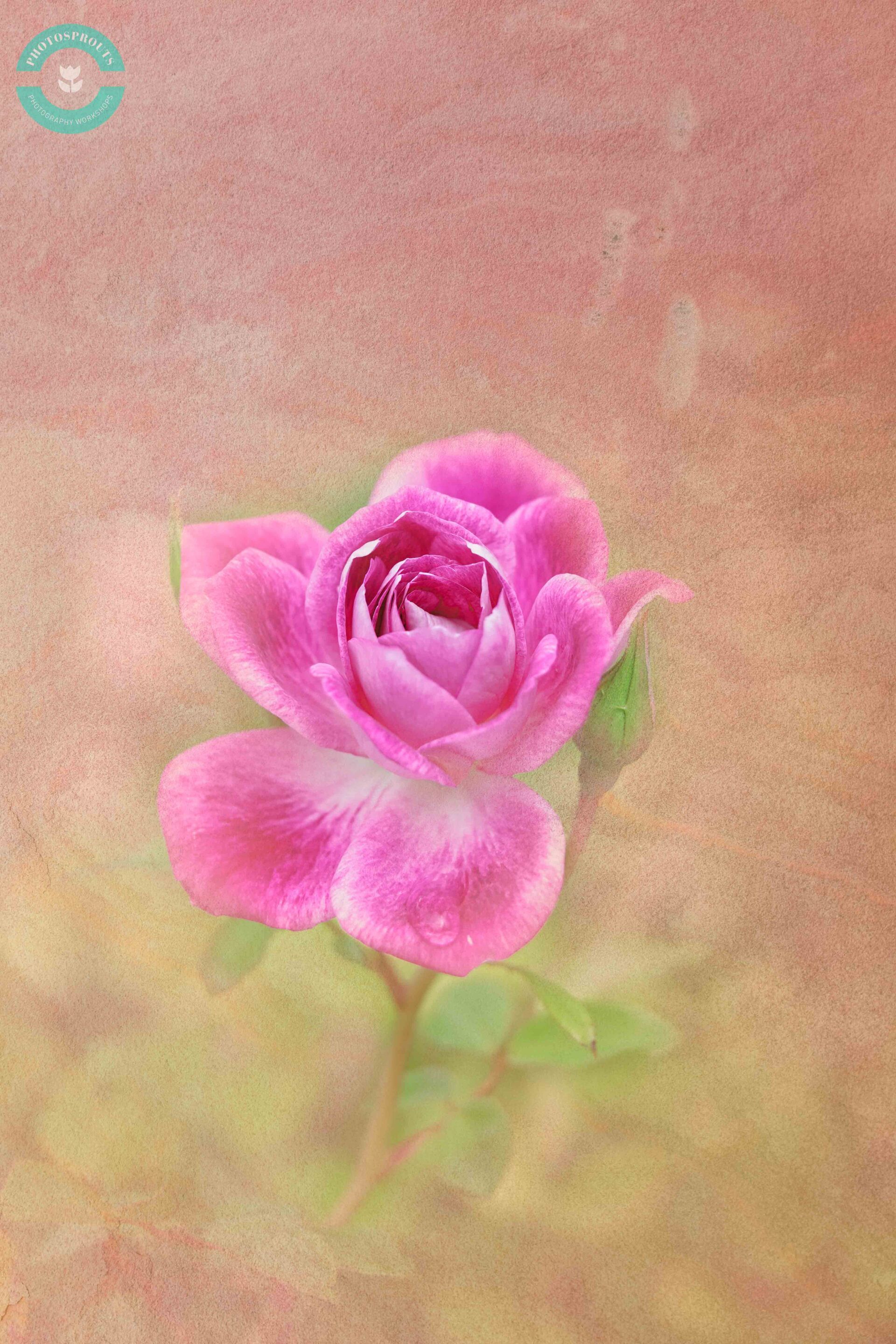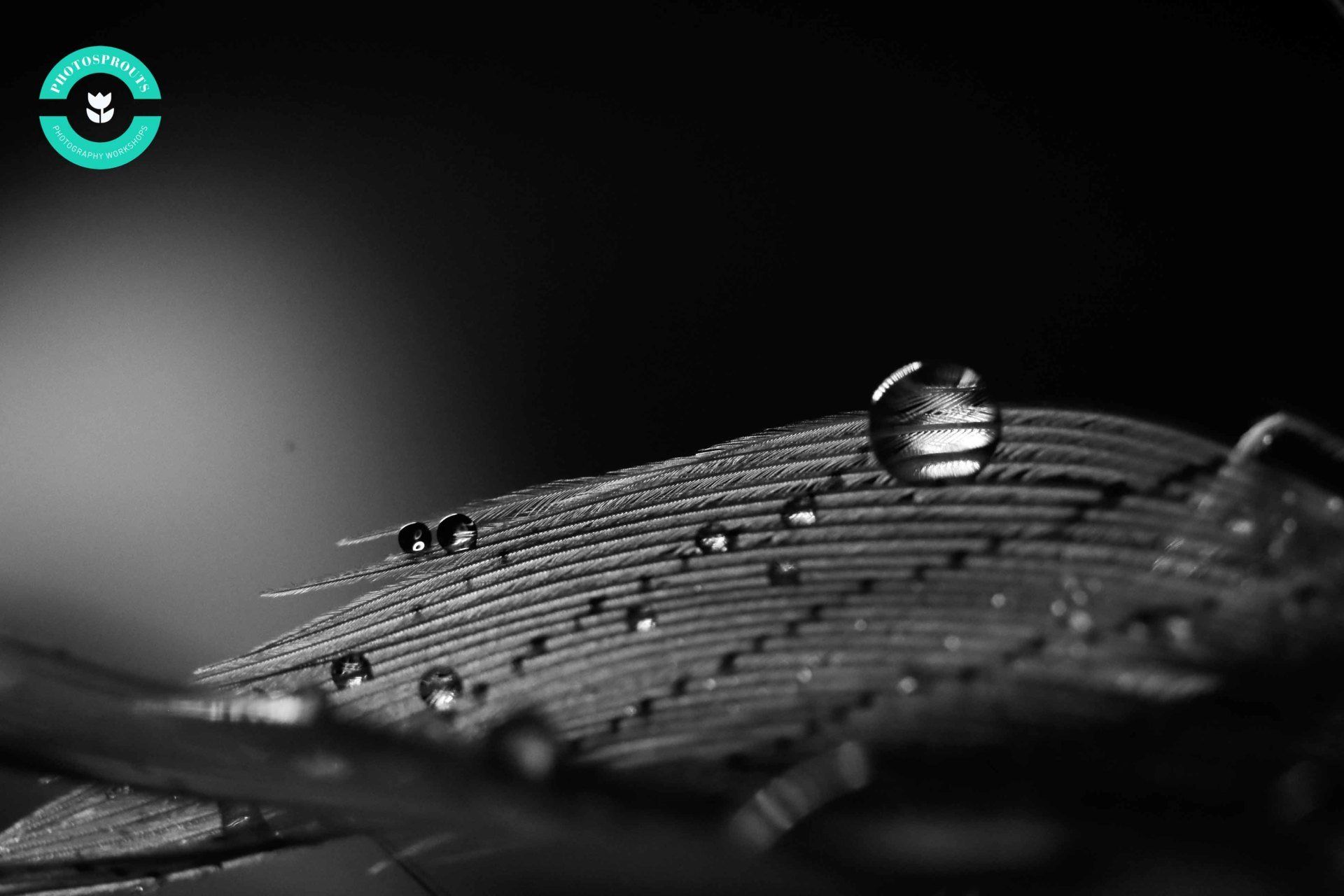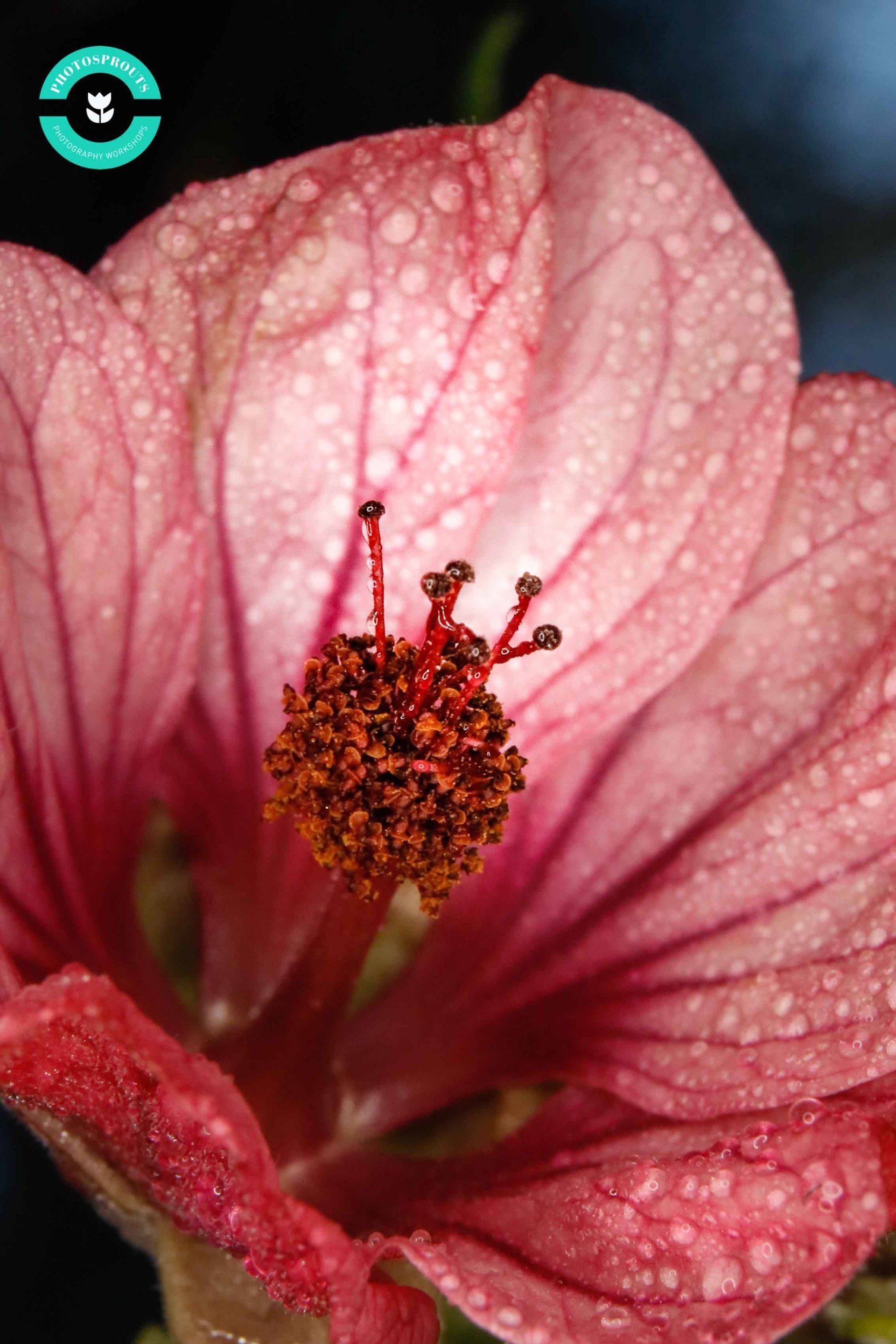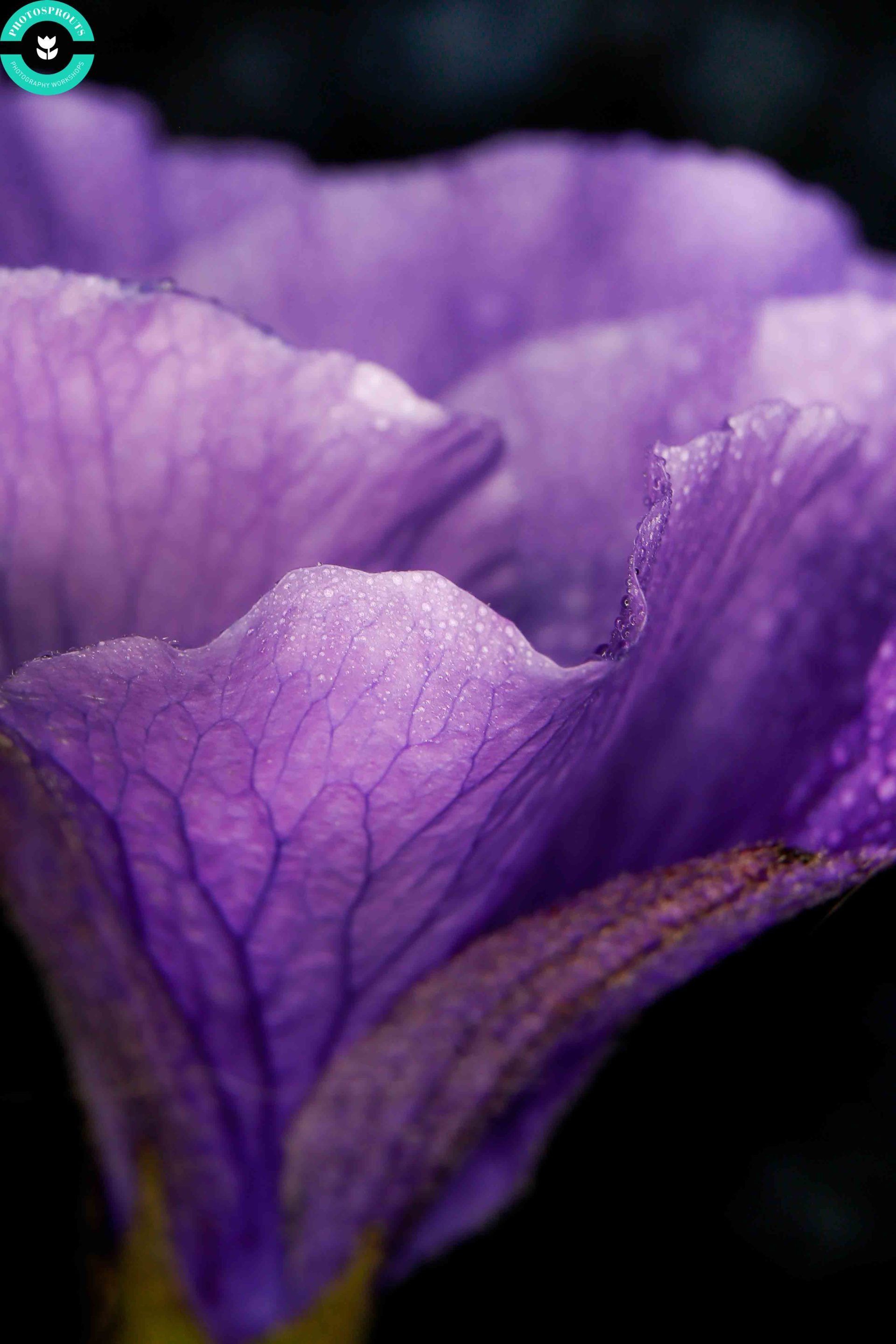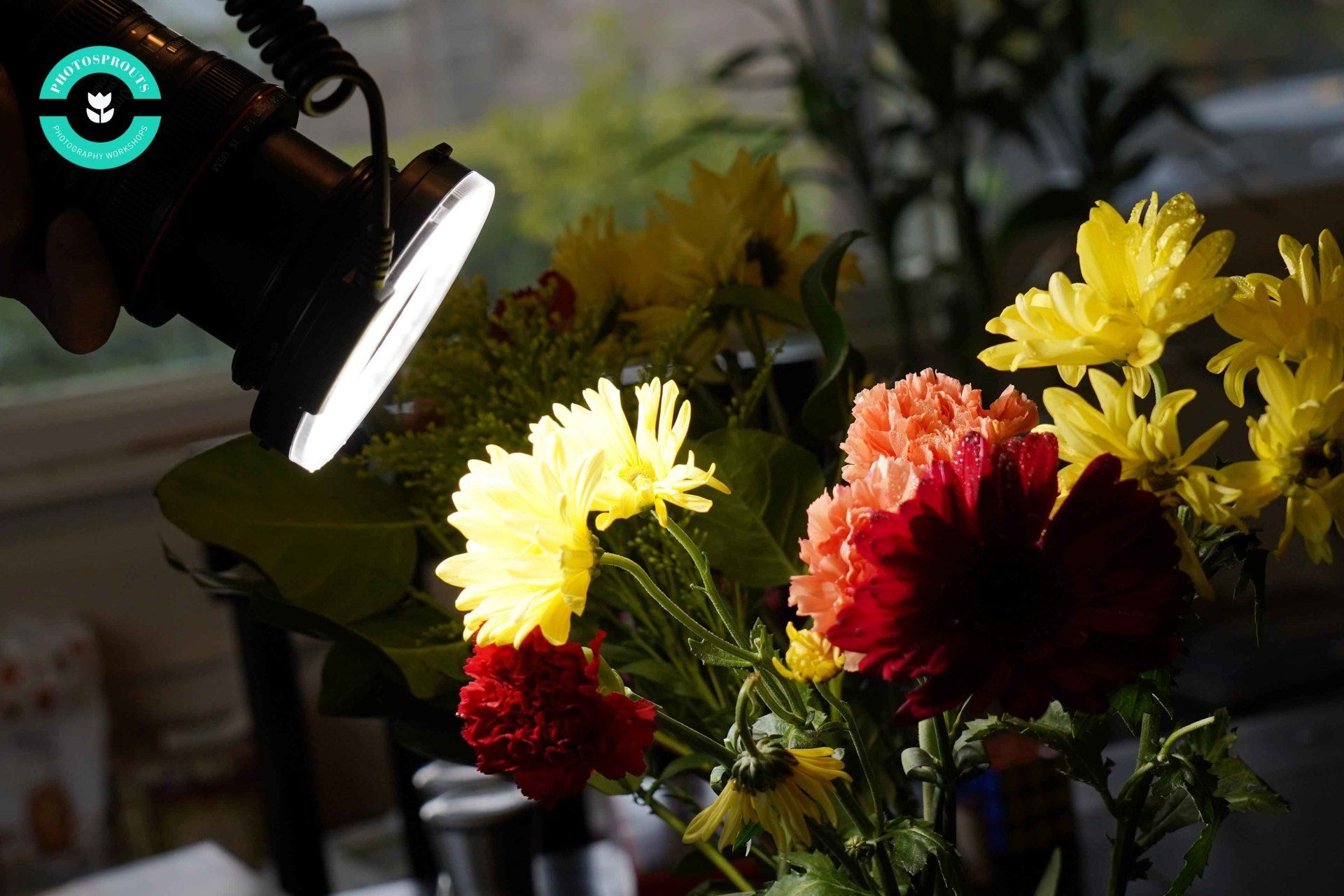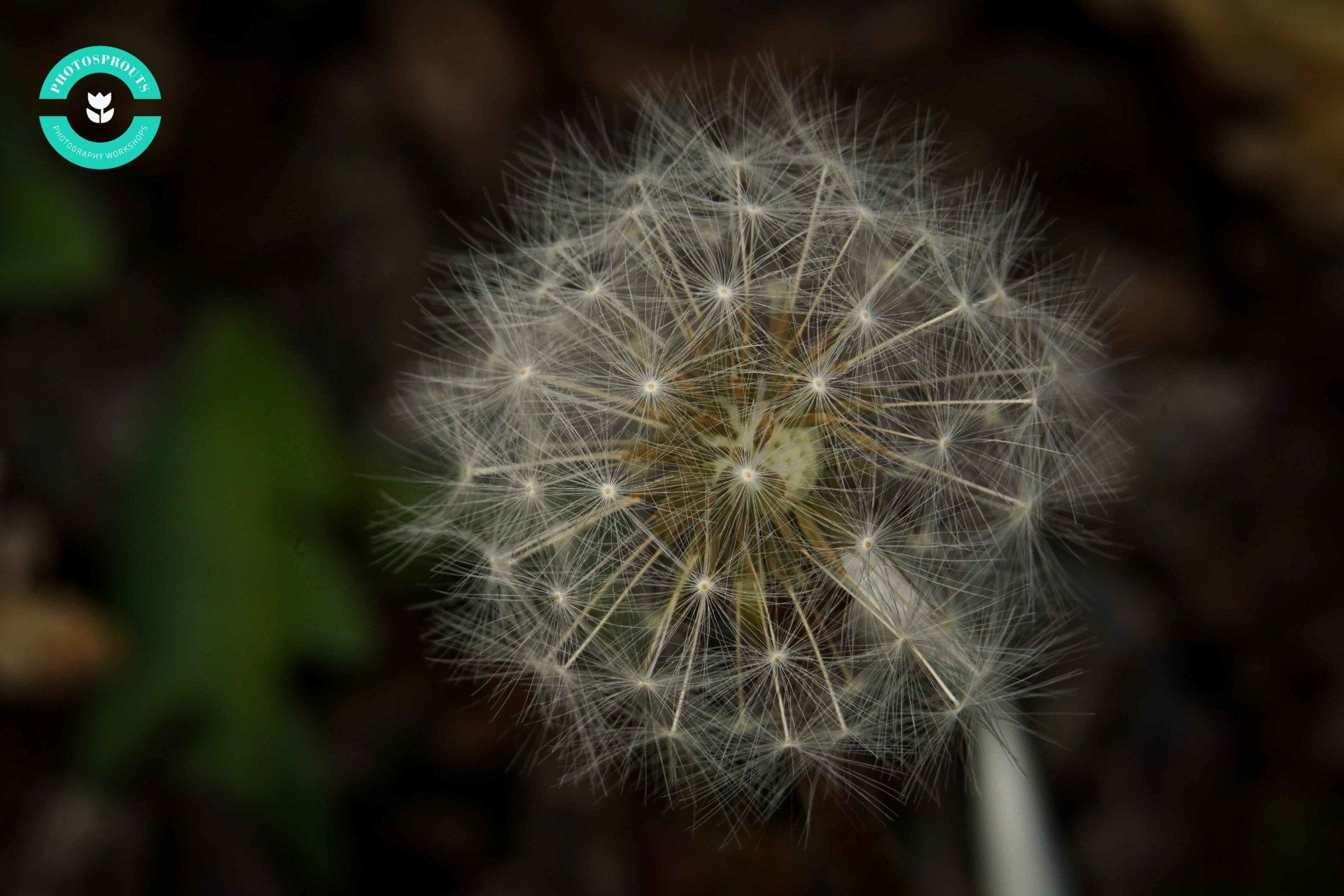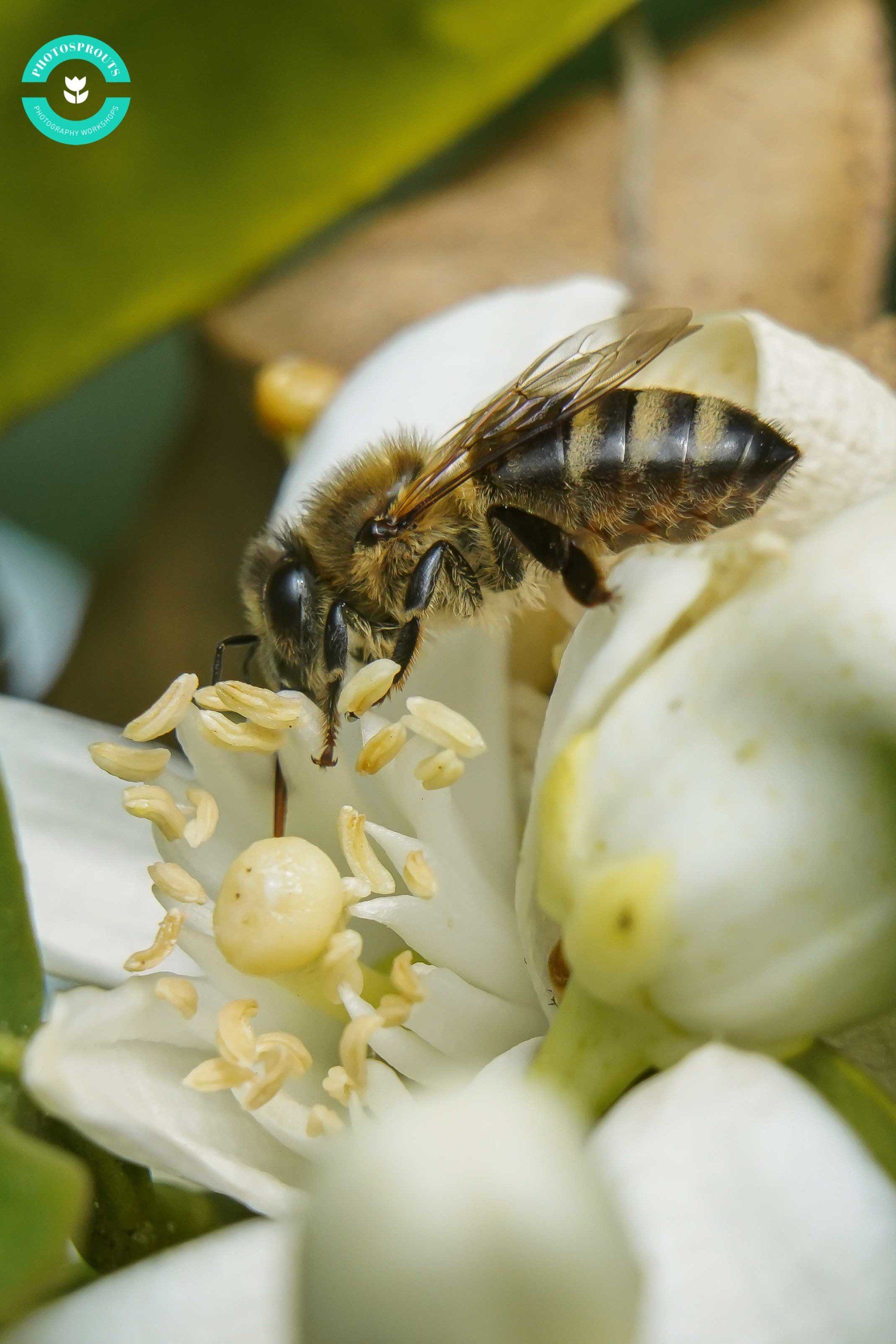The Wonderful World of Macro Photography
Macro Photography
This class has become ONLINE
and has an area of focus: FLOWERS
Check out The Joy of Flower Photography
Share this class
FAQ
The Wonderful World of Macro Photography
1. Equipment options
Macro Lenses (hundreds of dollars) or
Special equipment that saves your hundreds of dollars, will be provided for Canon DSLR cameras.
2. Lighting, Camera Settings, Aperture and Depth of Field
Your depth of field becomes extremely shallow as your get super close to the subject (do you remember the Shallow DOF mantra in the Beginner and Intermediate Workshops?).
To get enough depth of field, we have to shoot on narrower apertures (F11, F16) and therefore a longer shutter speed is required to let in more light. Shooting on a tripod helps stabilize your camera.
Alternatively, keep your shutter speed safe by adding a ring light to illuminate your subject.
3. Shooting different subjects and improving compositions.
Look for bugs, dews and details in the plants.
You will also be given a spray bottle, marbles and different props (except jewelries)!



